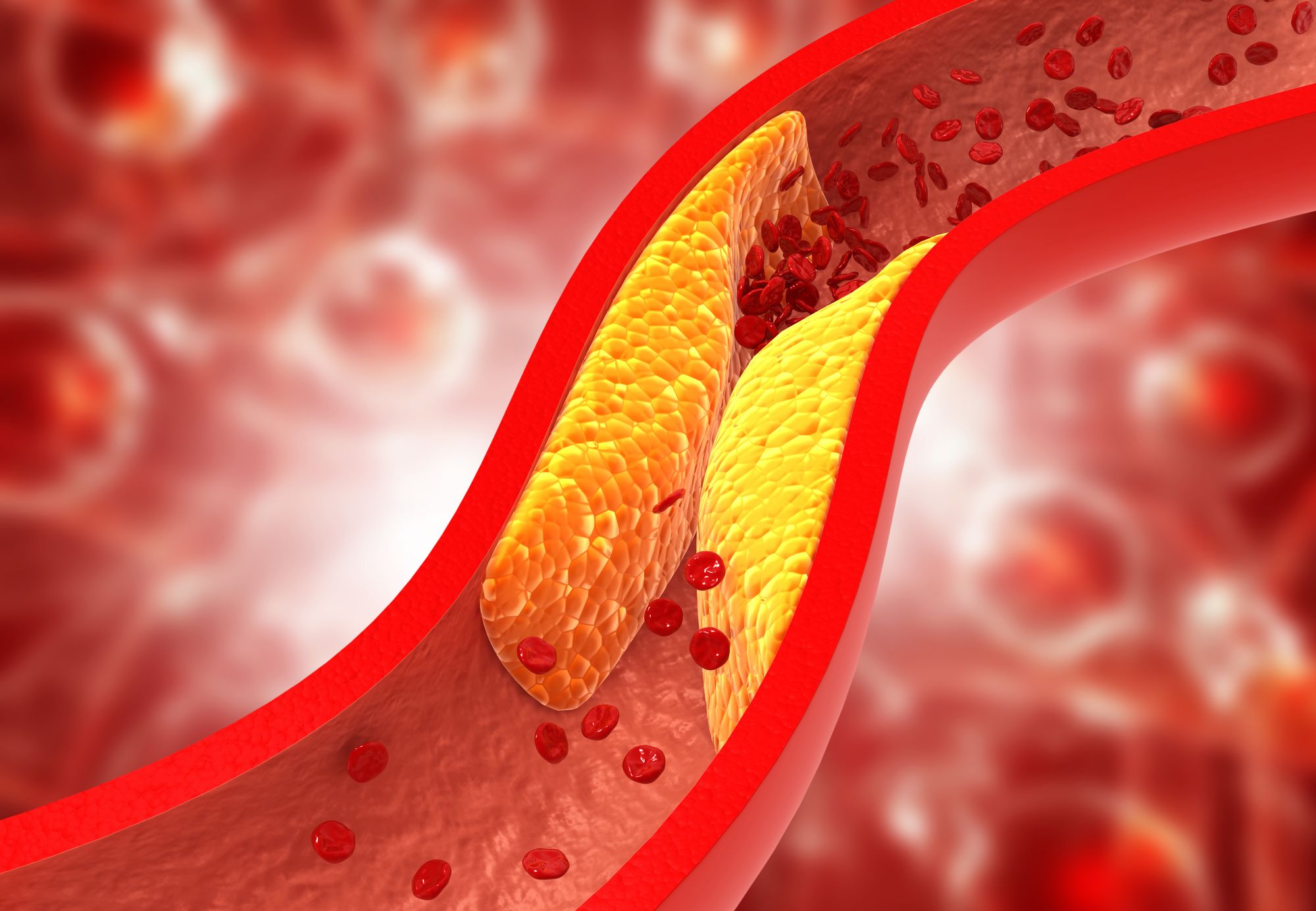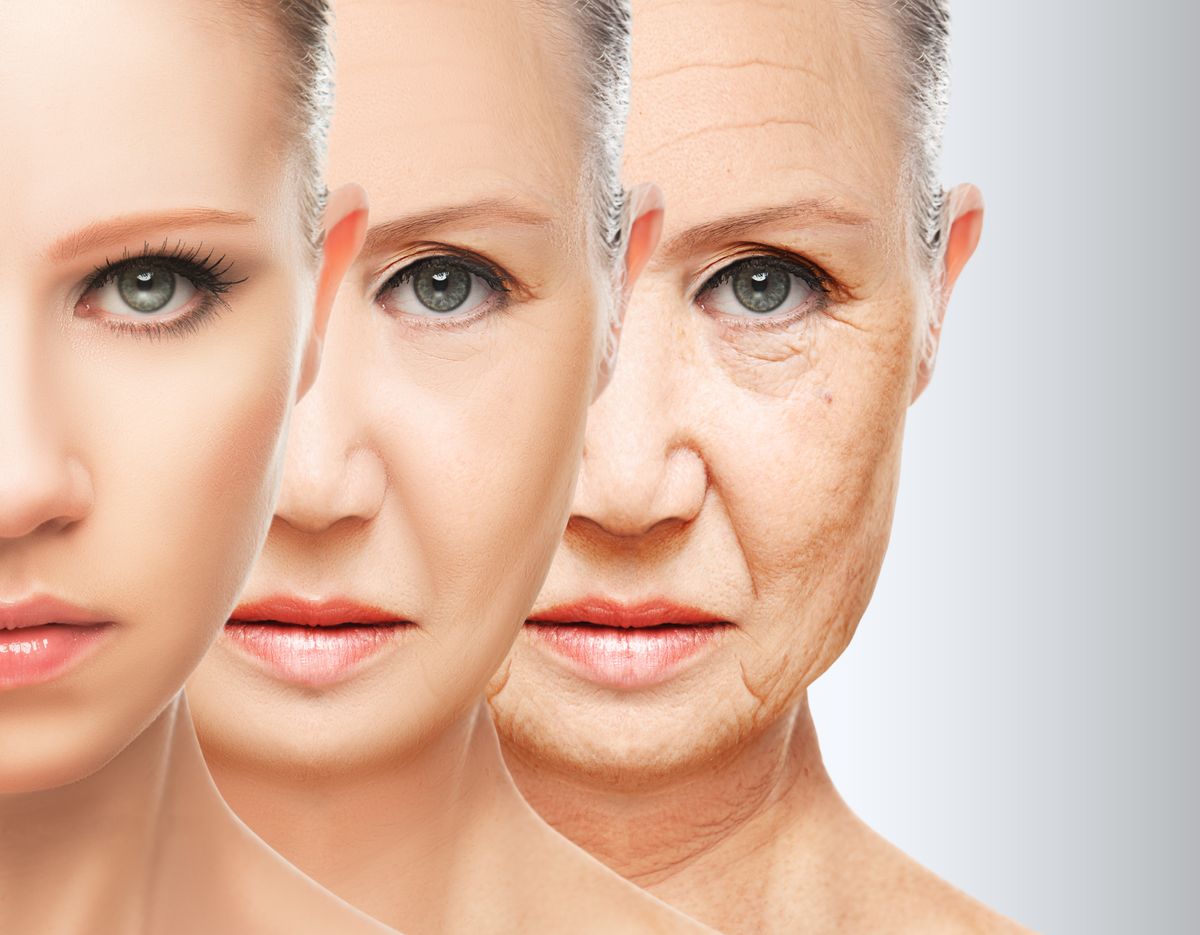The World Health Organization reports that people worldwide are living longer, with a majority expected to reach their 60s and beyond. By 2030, one in six individuals will be 60 or older, a figure projected to increase to 1.4 billion. By 2050, this segment of the population will double to 2.1 billion.
As people age, they face increased health problems related to chronic conditions that typically develop starting at age 50. The age at which these conditions arise is influenced by genetic makeup, lifestyle choices, ethnicity and race, and other factors.
Moreover, many people over 65 have multiple chronic conditions, according to a study in Frontiers in Public Health. The prevalence of multiple chronic conditions is growing due to population aging and increasing rates of diabetes.
The article goes on to discuss five common health issues that often arise after age 50.
1) Understanding Hypertension: The Effects of High Blood Pressure

According to Blue Cross Blue Shield, over 70 million Americans have high blood pressure, or hypertension. This condition is a significant cause of health problems such as stroke, heart attack, kidney disease, and other potentially fatal complications.
As people age, hypertension becomes more prevalent, with blood vessels becoming less elastic. This disease is a leading chronic illness among older adults and a significant contributor to atherosclerosis.
Older adults are especially vulnerable to isolated systolic hypertension, which is linked to mortality even in advanced age, as noted in the study published in Frontiers in Public Health.
To monitor and manage hypertension, the Mayo Clinic recommends people over 40 should check their blood pressure at least annually. If diagnosed with hypertension, your doctor may advise more frequent checks.
2) The Effects of High Cholesterol Levels

According to a study in Frontiers in Public Health, cardiovascular disease remains the leading cause of death among older adults, although death rates have declined in the past two decades. High cholesterol levels can lead to atherosclerosis and blockages in blood vessels, resulting in inflammation and further vascular changes that increase the risk of cardiac events, cerebrovascular events, peripheral vascular disease, cognitive impairment, and organ damage.
Lifestyle modifications and medications can help manage high cholesterol levels, but a blood test is necessary to diagnose the condition as it rarely presents symptoms.
The study also notes that normal aging includes vascular remodeling and stiffness.
3) Arthritis

According to a study in Frontiers in Public Health, osteoarthritis is the second most common chronic condition among older Americans and a leading cause of chronic pain and disability.
The study notes that 52% of 85-year-olds have the disease, and it is more prevalent in women than men. Osteoarthritis is characterized as "wear-and-tear" arthritis that can cause significant discomfort, especially in people over the age of 50.
Obesity is a risk factor for osteoarthritis, and the prevalence of severe hip and knee arthritis increases as patients age.
4) Diabetes

According to a study in Frontiers in Public Health, diabetes rates are increasing as populations age and become more overweight. By 2050, the prevalence of diabetes among American older adults may increase by over 400%.
Diabetes is associated with complications such as peripheral arterial disease and peripheral neuropathy, which can lead to diabetic foot ulcers and amputations.
Lifestyle changes may manage diabetes in its early stages, and medication may be necessary to control blood sugar levels, according to Kate Lorig, professor emeritus at the Stanford University School of Medicine and a partner at the Self-Management Resource Center.
5) Osteoporosis

As people age, they experience a loss of bone density, which affects both men and women, although women are more likely to experience it after the age of 50 due to menopause.
Washington-based internist Dr. Lucy McBride explains that when estrogen production decreases, bone density typically decreases as well. The Mayo Clinic states that women, on average, are diagnosed with menopause at age 51.
The Centers for Disease Control and Prevention reports that approximately 20% of women over 50 have osteoporosis, a condition that increases the risk of bone fractures, according to the study in Frontiers in Public Health.

